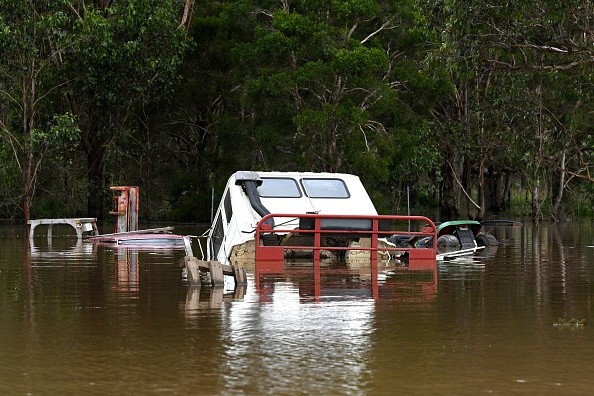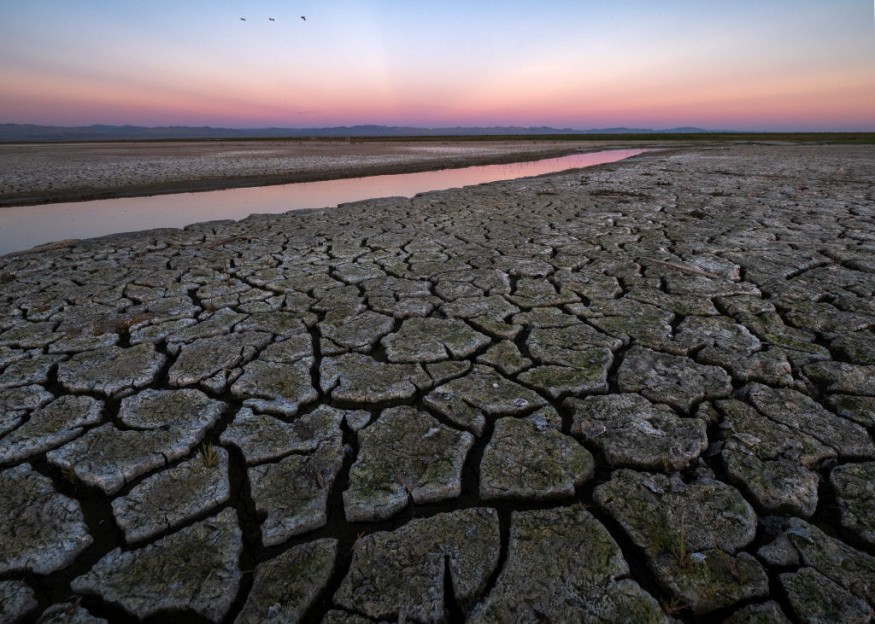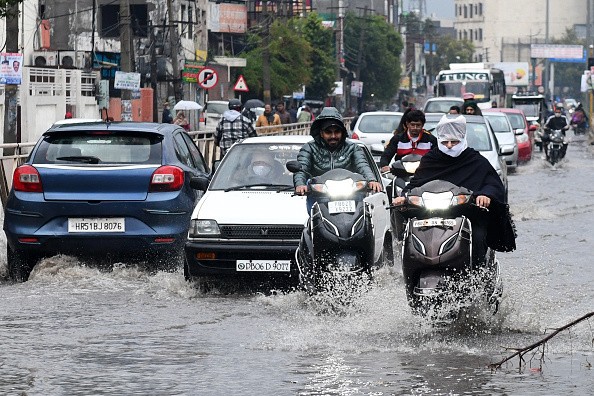According to NASA satellite data, low humidity and the flu outbreak in the United States are linked.
Influenza Outbreak

What causes the influenza virus to spread?
Using data from NASA's Aqua satellite's Atmospheric Infrared Sounder (AIRS), recent research of the flu across the 48 contiguous United States has discovered that the answer is strongly connected to local weather - notably, low humidity - and changes from state to state.
Humidity
The average humidity varies significantly across the United Areas, but it reduces as winter approaches, even in the most humid states.
From 2003 to 2015, researchers from NASA's Jet Propulsion Laboratory in Southern California and the University of Southern California compared AIRS observations of water vapor in the lower atmosphere with flu case estimates for each week.
The researchers discovered that each state has a distinct degree of low humidity that might indicate an impending flu pandemic.
Each year, when this threshold is exceeded, a significant spike in flu cases occurs within two or three weeks on average.
These low-humidity thresholds are pretty similar to the typical climate of each state.
Ones with humid climates, such as those in the Southeast, have higher threshold values than desert states, such as those in the West and Southwest.
Climate Change and Infectious Disease

Long-term alterations in meteorological conditions and extreme weather occurrences or climate change patterns may result in changes in the health risks to humans, exacerbating current health issues.
The scientific data on the influence of climate change on human infectious illnesses are examined in this review. It outlines scientific advancements and gaps in our understanding of how human society may respond to, adapt to, and prepare for these changes.
Variations in weather conditions and patterns of extreme weather occurrences are caused by climate change.
The health consequences of climate change on human infectious illnesses (including changes in climatic variables and extreme weather events) are imposed through pathogens, hosts/vectors, and disease transmission.
Climatic conditions limit the spread of several infectious illnesses both regionally and temporally.
Changes in climatic variables on regional or temporal scales will impact disease pathogens, hosts, and their interactions with humans in terms of development, survival, reproduction, and livability.
Extreme Weather Events

Extreme weather events and meteorological risks cause abrupt and drastic changes in weather conditions, which significantly impact many infectious illnesses.
Because we don't know everything, predicting the patterns of extreme weather occurences and health effects is difficult.
Finally, extreme weather, such as large-scale extreme weather events and meteorological hazards, sometimes includes many climatic variables shifting together, making it more challenging to forecast the consequences for disease pathogens, hosts, and transmission.
Climate change-related health problems affect humans in more ways than one.
By taking proactive adaptation steps to prevent and mitigate the adverse health effects of climate change, we can play a substantial and active role.
Related Article : Extreme Weather Caused by Climate Change Will Drastically Impact Disease Transmission
For similar news, don't forget to follow Nature World News!
© 2026 NatureWorldNews.com All rights reserved. Do not reproduce without permission.





